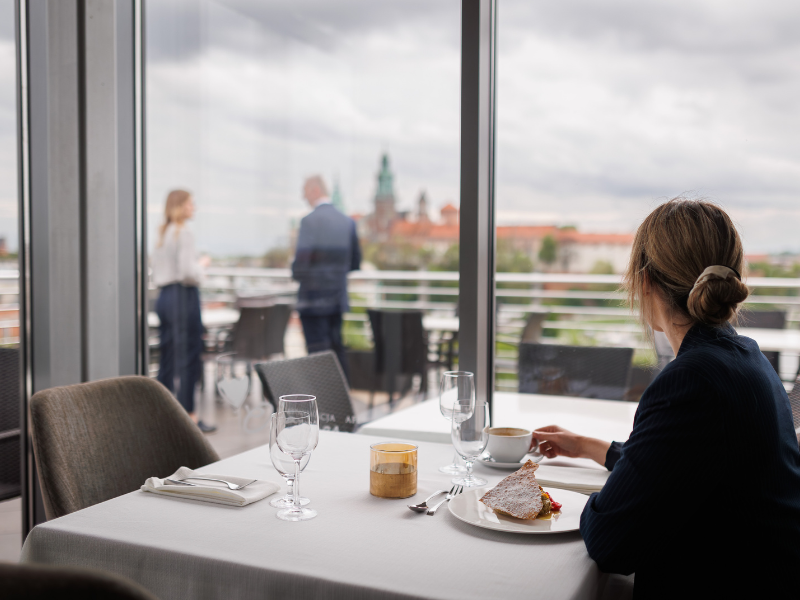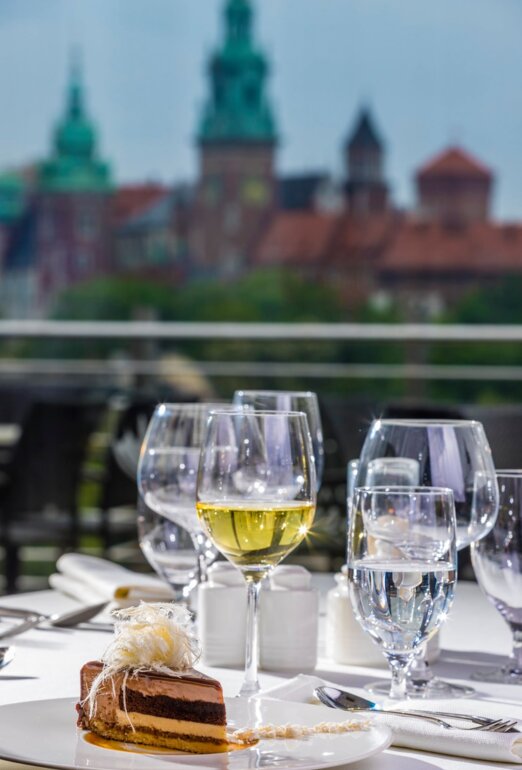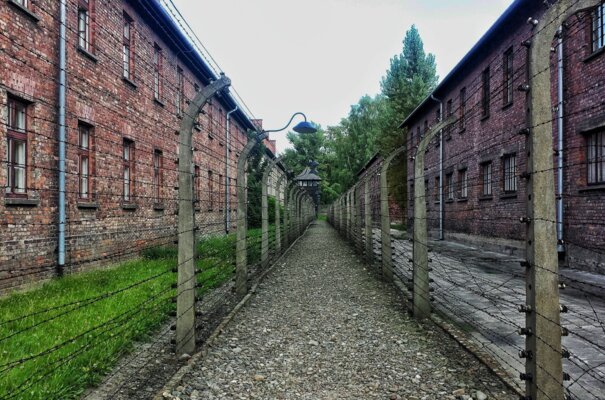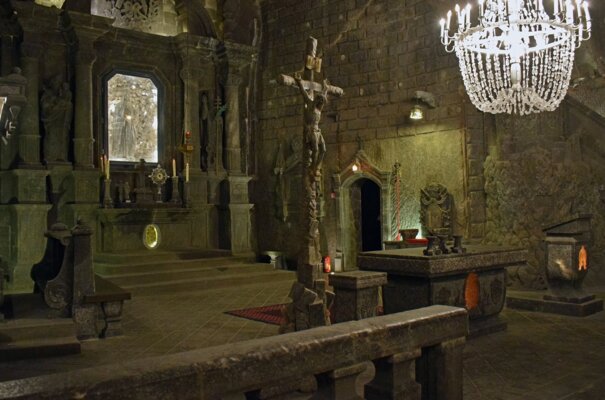

EN
MENU





When organizing a conference, business meeting, corporate event, we take a fully comprehensive approach, providing full support from the first contact. Our conference center is located on the 6th floor of the building and allows any con f iguration of rooms, adapting to the and nature of the event. There is also a foyer adjacent to the center, ideal for breaks between sessions.


We have 60 rooms with a beautiful view of the Wawel Castle. During your stay we will treat you to a delicious breakfast, as well as lunch in the restaurant located on the roof of the hotel. At Kossak Hotel we will also accommodate the youngest guests or your pet (we have dedicated layettes). We will also organize a tour of the city or nearby attractions of Krakow.

The Cafe Oranżeria is located on the roof of the Kossak Hotel. The glazed interior allows you to enjoy a beautiful view of the Wawel, Old Town and Vistula Boulevards, which you won't see in any other restaurant in Krakow. Additionally, from spring to autumn, the restaurant's terrace is open, so you can enjoy the meal and unique atmosphere in the sunshine.



Auschwitz-Birkenau
A former German Nazi concentration and death camp, located in Auschwitz. It is one of the most important memorial sites in Poland. Today, a Museum is located on the camp grounds, which is 67 km away from our Hotel. The journey from Krakow to Auschwitz by car takes about 1 hour 10 minutes one way.

ICE Congress Centre
This is a business and cultural showcase of the city, located in the very heart of Krakow. Industry conferences, loud concerts, excellent performances? You will find all this right here. The Congress Centre is only 1.3 km away from our Hotel. It is a 17-minute walk along the beautiful Vistula Boulevards.

Wieliczka Salt Mine
The Wieliczka Salt Mine, along with the Bochnia mine, is one of the oldest rock salt mines in the world. They remain the longest-operating industrial establishments to this day. What adds additional prestige to the Wieliczka Salt Mine is the fact that it has been listed in the UNESCO World Heritage list. This unique facility is only 13 km away from our hotel, which means about 22 minutes by car.
Do you have any questions about your stay? Or would you like to learn more about organizing business meetings? Whatever your needs - we are here to help. Choose any way of contact - email, phone or contact form.
Contact form